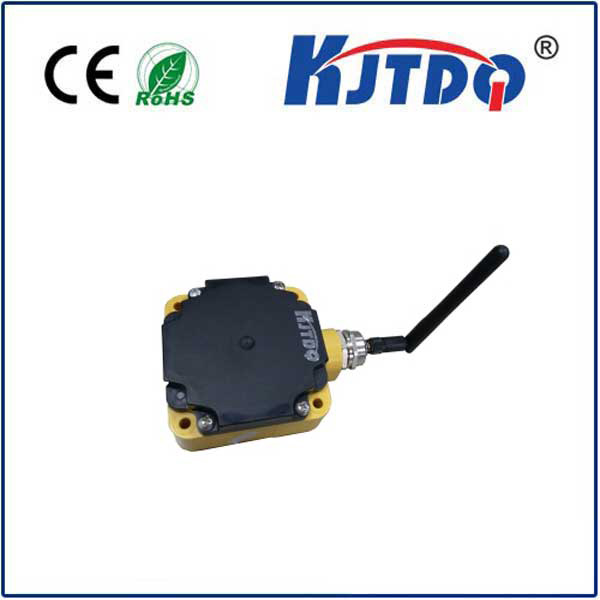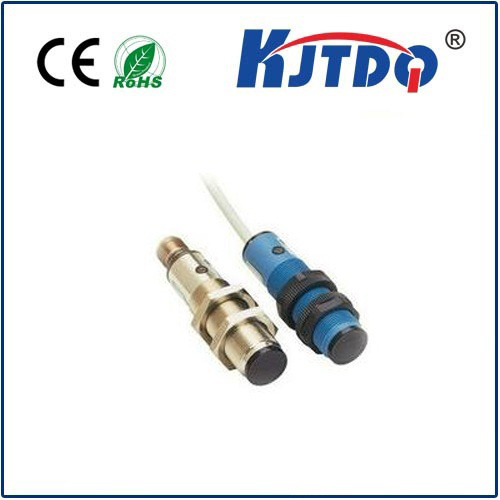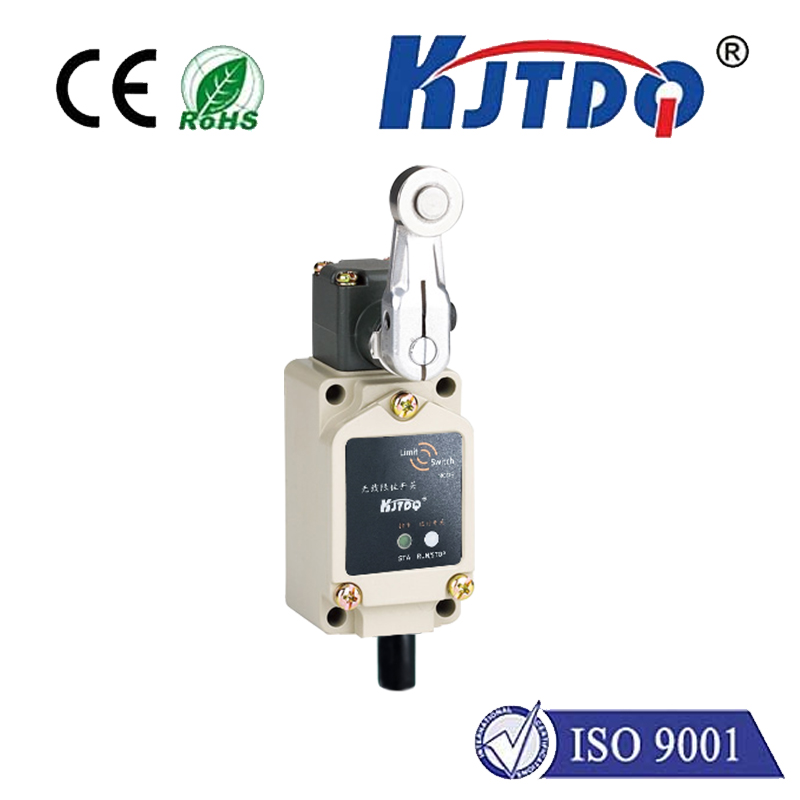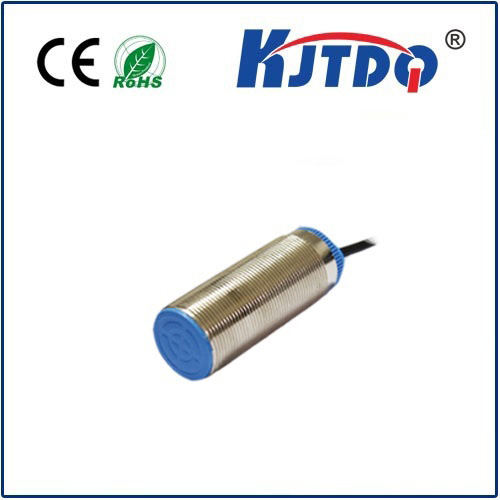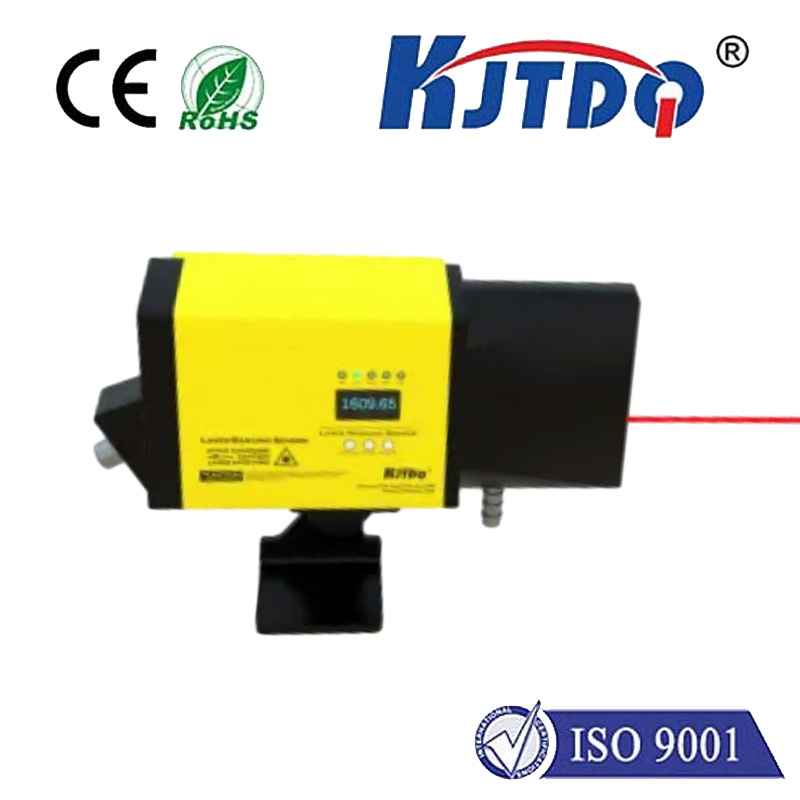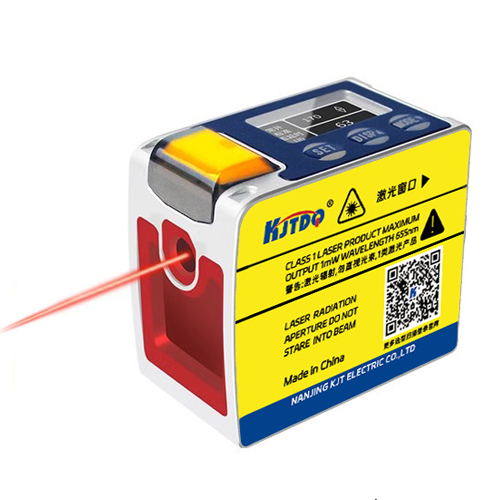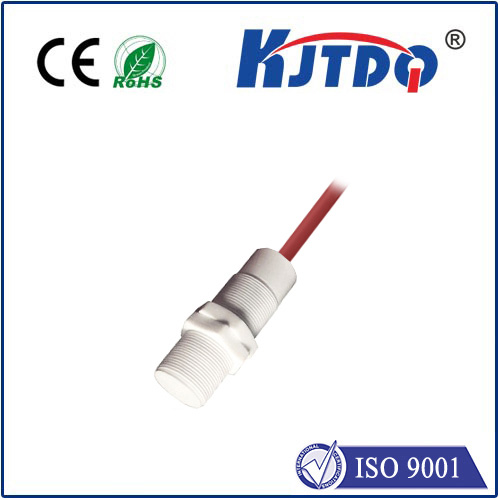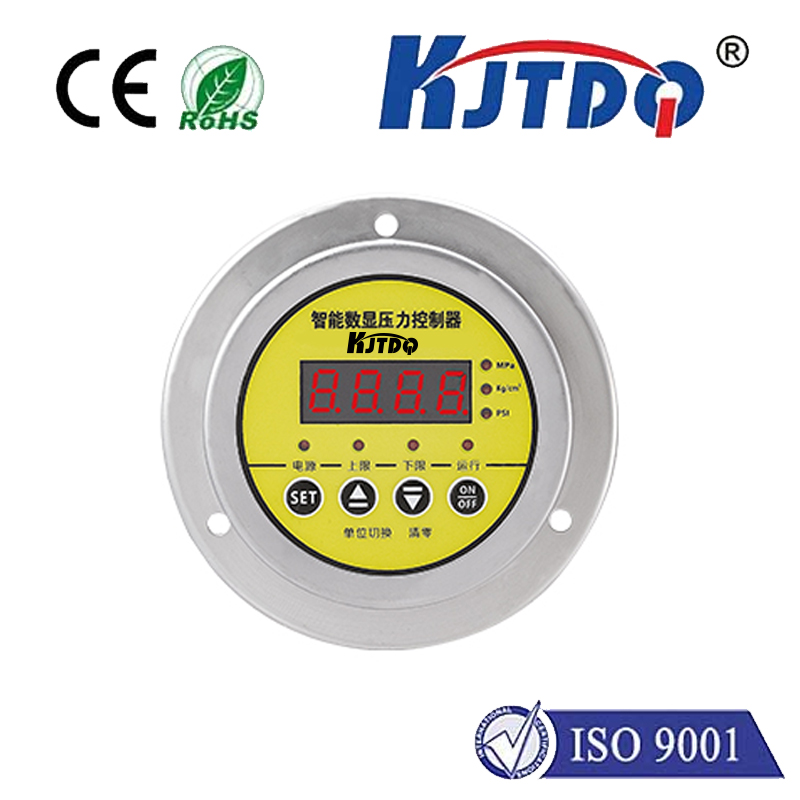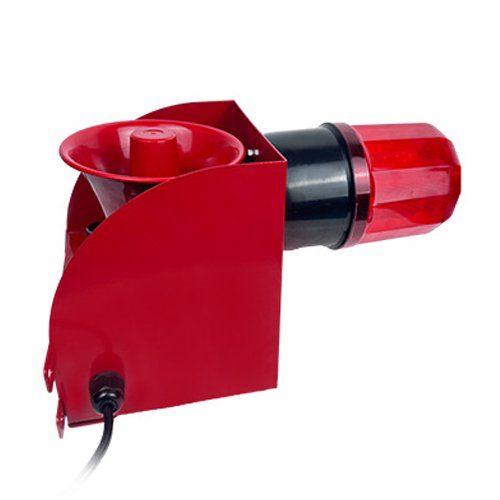NPN ЧПУ датчик приближения
- time:2025-06-14 01:00:21
- Нажмите:0
Demystifying NPN NC Proximity Sensors: The Normally Closed Workhorse of Automation
Ever wondered how machines effortlessly “know” the position of parts on a high-speed conveyor, or detect when a robotic arm is safely retracted? Often invisibly embedded within complex systems lies a crucial component: the датчик приближения. And among the diverse types available, the NPN NC proximity sensor stands out for its reliability, fail-safe characteristics, and widespread industrial adoption. Understanding its function and unique advantages is key to optimizing countless automation and control applications.
Unlike mechanical switches requiring physical contact, proximity sensors detect the presence of ferrous metals (inductive type) or virtually any material (capacitive or photoelectric type) without touching it, using changes in an electromagnetic field or light beam. This non-contact operation offers significant benefits: no mechanical wear, faster response times, and immunity to dirt or harsh environments. When we specify “NPN NC,” we’re describing two critical characteristics: its transistor output type and its inherent switching logic.
The Heart of the Matter: How Does an NPN NC Proximity Sensor Work?
- Sensing Principle: An inductive NPN NC sensor generates a high-frequency electromagnetic field at its active face. When a metallic target enters this field, it induces eddy currents within the target. This interaction causes a measurable change in the sensor’s oscillation amplitude or frequency.
- Internal Signal Processing: This change is detected by the sensor’s internal circuitry.
- The “NC” - Normally Closed Operation: Here’s the defining characteristic. In its resting state – when no target is present – the sensor’s output circuit is closed. Imagine a switch that’s naturally shut. This means:
- For a 3-wire DC sensor (the most common configuration), the signal wire (usually black) is internally connected to the common negative (usually blue) wire when inactive. Current can flow from the load into the sensor’s output transistor and out to negative.
- Target Detection - Switching Action: When a valid target enters the sensor’s detection range, the internal circuitry acts. The output circuit opens. The connection between the signal wire and the common negative is broken. Current flow ceases through the sensor’s output path.
Decoding “NPN”: The Output Transistor Type
The “NPN” designation specifies the type of transistor used in the output stage and its behavior within the circuit:

- Sinking Output (NPN): An NPN transistor is used to switch the negative (ground) side of the load. In the context of our NC sensor:
- Resting State (No Target): The NPN transistor is ON, providing a path to ground (negative) for the load current. This completes the circuit through the sensor.
- Active State (Target Present): The NPN transistor turns OFF, breaking the path to ground. The load circuit is interrupted.
- Wiring Convention: NPN sensors typically have three wires:
- Brown: Positive Supply Voltage (+V, e.g., 10-30V DC)
- Blue: Common Negative / Ground (0V)
- Black: Load Wire (Signal Output)
Why Choose Normally Closed (NC)? The Compelling Advantages
The “NC” configuration provides inherent fail-safe operation, which is critically important in many scenarios:
- Повышение безопасности: Imagine a safety guard door switch. If the wire breaks while the door is closed (sensor active), an NC switch would inherently detect the break (equivalent to the door opening, circuit opening) and trigger a shutdown. A “Normally Open” (NO) sensor in the same scenario would fail dangerously – the break would mimic the door being closed (sensor inactive). NC logic prioritizes safety on signal loss.
- Wire Break Detection: As hinted above, an open circuit caused by a broken wire is inherently detected by an NC sensor as an “active” state (target present), allowing the system to flag a fault.
- Minimizing Energy Consumption: In systems where the sensor spends most of its time not detecting a target (e.g., monitoring for a rare fault condition), the NC configuration means the output circuit is closed (conducting) only when idle, potentially reducing quiescent energy draw compared to some configurations (though this is often minor).
- Standby State Clarity: For monitoring machine state, an NC sensor indicates “normal” or “clear” when active (circuit closed). A disruption (target enters, circuit opens) signals an event.
NPN vs. PNP: A Quick Contextual Note
It’s impossible to discuss NPN without mentioning PNP, its complementary counterpart. The key difference lies in the output transistor:
- PNP (Sourcing Output): Uses a PNP transistor to switch the positive voltage side of the load. The signal wire provides positive voltage when active.
- Compatibility: The choice between NPN (sinking) and PNP (sourcing) is primarily dictated by the input configuration of the controller (PLC, relay module, etc.) it connects to. Knowing whether your controller input requires a sinking (NPN) or sourcing (PNP) signal is crucial. NPN sensors are extremely common globally, particularly compatible with controllers designed for sinking inputs.
Where NPN NC Proximity Sensors Shine: Key Applications
The combination of non-contact sensing, NPN sinking output, and Normally Closed logic makes these sensors indispensable in diverse fields:
- Machine Safety: Guarding systems, emergency stop monitoring (detecting loss of signal on wire break is vital).
- Position Verification: Confirming cylinders are fully retracted (sensor active = rod out of range = safe state), checking for part presence before machine cycle start.
- End-of-Travel Detection: Verifying robotic arms, slides, or conveyors have reached their home/safe position.
- Jam Detection: Detecting when parts block a chute or conveyor (sensor remains inactive, triggering alarm).
- Level Control: Detecting minimum levels in bins or hoppers (absence of target = low level condition).
- Automotive Assembly: Countless position verifications in welding, painting, and assembly lines.
- Packaging Machinery: Ensuring case position, flap closure, or product presence before sealing.
Selecting and Implementing Your NPN NC Sensor
When choosing an NPN NC sensor, consider:
- Sensing Type: Inductive (metal only), Capacitive (materials including liquids, powders), or Photoelectric (light-based for non-metals or longer ranges).
- Sensing Range: The nominal distance at which it reliably detects the target.
- Housing Material & Form Factor: Cylindrical (common), rectangular, shielded (flush-mountable) or unshielded (longer range).
- Environmental Ratings: IP67, IP68, or IP69K for dust/water resistance; resistance to chemicals or extreme temperatures.
- Electrical Specifications: Operating voltage range, current rating of the output transistor.
Proper wiring is paramount: Ensure the Brown (+V) and Blue (0V) wires connect to the appropriate DC power supply terminals. Connect the Black (Load) wire to one terminal of your load (e.g., PLC input, relay coil). Connect

